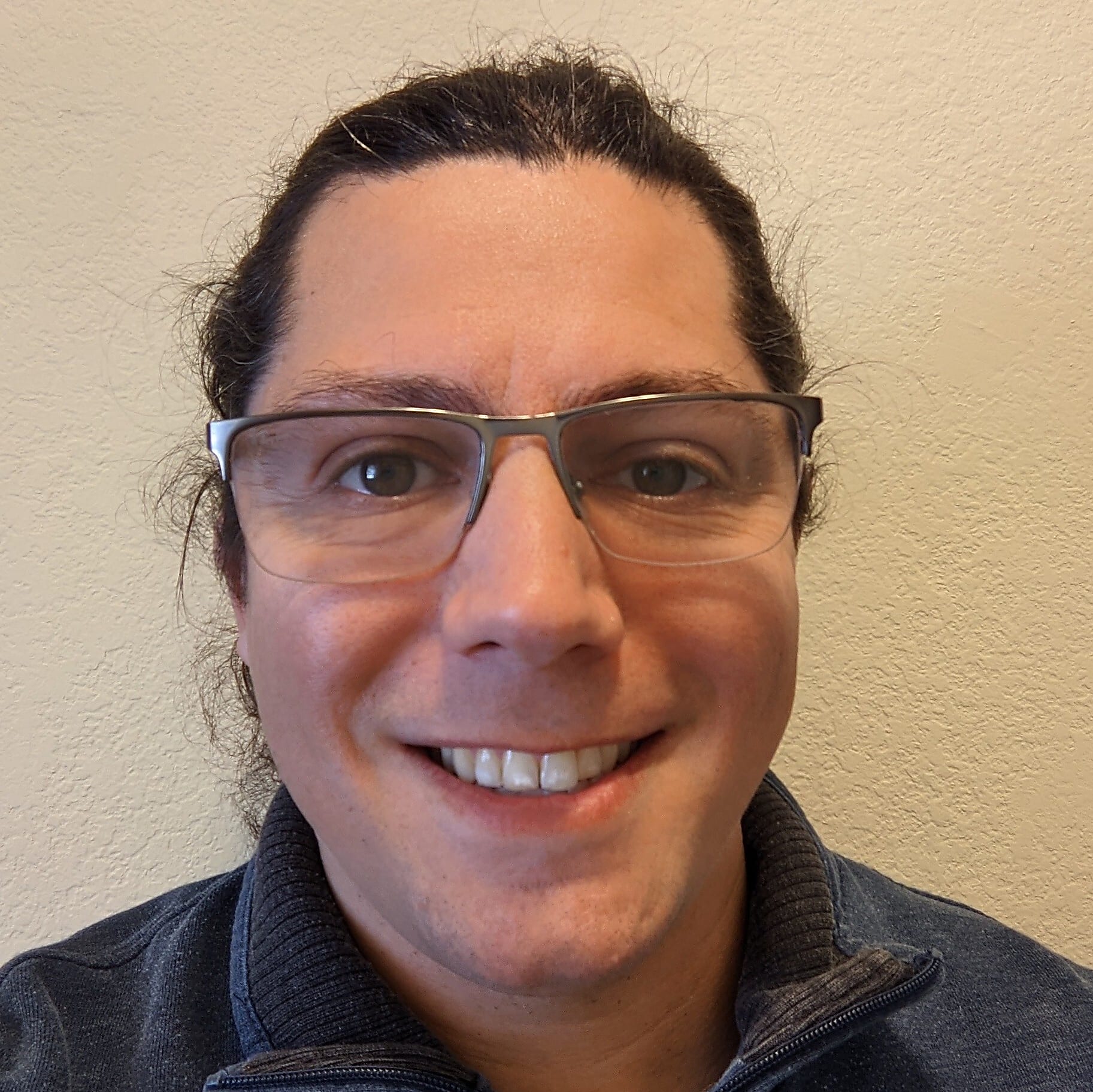Wondrous water dogs: A single cell analysis of axolotls and neuroregeneration
Rodents and fruit flies and water dogs, oh my! These are some of the more common model organisms researchers use, but you may be more familiar with that last one as the axolotl (pronounced ak-suh-laa-tl). These creatures are fascinating, and there’s a few things you may not know about them:
- While axolotls are amphibians, they never metamorphose and remain aquatic their entire lives
- They’re able to regenerate entire limbs (including both flesh and bone)
- Axolotls can even regenerate brain tissue to recover from nervous system injuries!
Understanding how organisms regenerate CNS tissues can help us identify mechanisms for achieving the same in people, but—while axolotls are awesome little amphibians—they’ve lagged behind other vertebrate model organisms in single cell analyses of their brain. In this blog, we want to highlight recent work from researchers at Vienna Biocenter in Austria and the ETH Zürich in Switzerland (1). Using our Chromium Single Cell Multiome ATAC + Gene Expression and Visium Spatial Gene Expression assays, they not only rectified this, but also took a closer look at neurogenesis and brain regeneration in the axolotl telencephalon.
Atlasing the axolotl
In mammals, the telencephalon consists of “higher” brain regions, such as the cerebral cortex, hippocampus, and amygdala (among others). While the axolotl brain lacks these structures, the researchers began their work by examining gene expression and chromatin accessibility in three main regions—the dorsal, lateral, and medial telencephalon.
Using the Chromium-based multiomic approach, they were able to generate gene expression and chromatin accessibility profiles from the same nuclei. From this data, they identified 95 distinct clusters of cells—including oligodendrocytes, microglia, ependymoglia, endothelial cells, neuroblasts, glutamatergic neurons, and GABAergic neurons—which exhibited region-dependent proportionality.
To better define the single cell atlas, the team next focused on the diversity (over 29 different subtypes) of glutamatergic neuronal clusters. Additionally, as prior work has established homology between amphibian medial pallium and mammalian hippocampus (2), the group compared axolotl single nucleus transcriptional profiles to those of mice.
They identified multiple axolotl glutamatergic neuronal clusters that were similar to those of mouse hippocampal subregions. So, to try and plot the equivalent of hippocampal subregions, they next used Visium Spatial Gene Expression to generate a transcriptomic map of the axolotl telencephalon. While this approach showed regional localization of these “hippocampal-like” glutamatergic neuronal subtypes to medial telencephalon, the spatial location of these cells did not resolve into clearly defined subregions.
Restoring both form and function in the brain
One of the most intriguing capabilities of the axolotl is its ability to regenerate not only its limbs, but also its brain—the mechanisms of which could help us better understand our own (in)ability to heal from CNS injuries. To examine the cellular landscape of neuroregeneration, researchers used Div-Seq (3), a technique that enables researchers to label and FACS sort dividing cells using EdU (a thymidine analogue that can be conjugated to a fluorescent molecule) coupled with single nuclei RNA sequencing (snRNA-seq) of sorted cells.
The team first cut small (1 mm2) pieces out of axolotl brains and analyzed proliferating cells with Div-Seq by EdU labeling and collecting cells between 2 days and 12 weeks following injury. Intriguingly, while major cell types were detected at various time points, the proportion of these cells varied throughout regeneration. Ependymoglia were the majority of early (~1 week) EdU-positive cells, which shifted first to neuroblasts (2 to 4 weeks) and then to a majority of glutamatergic and GABAergic neurons after 6 weeks.
While there was high transcriptional and transcription factor profile similarity between neurogenesis following injury and under normal conditions, researchers examined the time course of EdU-positive cells to see if there was an “injury” signature. They found three separate clusters of cells at 1 and 2 weeks post-injury that were either rare or not present in later post-injury time points or in “ normal” neurogenesis.
So they established that axolotls were regenerating their brains in injury: but the major question is, given the intricate circuitry of the brain, were these new neurons functional? To test this, the researchers injected steady-state and injured axolotl brains with neurobiotin (a neuroanatomical tracer) and noted the following:
“Similarly to noninjured brains, stained cell bodies were located in the olfactory bulb, accessory olfactory bulb, and caudal telencephalon (amygdala), indicating that input from these regions is reestablished in the regenerated telencephalon.”
Shedding light on the where, the what, and the how of regeneration
In this study, these researchers were able to not only characterize a multitude of cell types in the axolotl brain, but show where they were located in the telencephalon and describe how they changed in response to injury. Their work showcases the power of merging the “what” of single cell atlasing with the “where” of spatially resolved/molecular neuroanatomy and how quickly these techniques can unlock new insights, even in less well-characterized model organisms.
Looking to learn how you can get a jump on empowering your own work with single cell and/or spatial technologies? Check out our new Foundational Guide for Neuroscience, or take things further with the Neuroscience Success Kit!
References:
- Lust K, et al. Single-cell analyses of axolotl telencephalon organization, neurogenesis, and regeneration. Science 377 (2022). doi: 10.1126/science.abp9262
- Roth G and Westhoff G. Cytoarchitecture and connectivity in the amphibian medial pallium. Eur J Morphol 37: 166–171 (1999). doi: 10.1076/ejom.37.2.166.4759
- Habib N, et al. Div-Seq: Single-nucleus RNA-seq reveals dynamics of rare adult newborn neurons. Science 353: 925–928 (2016). doi: 10.1126/science.aad7038
